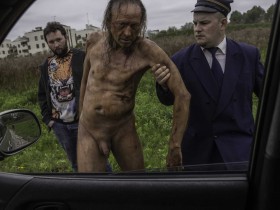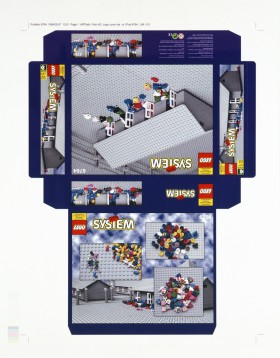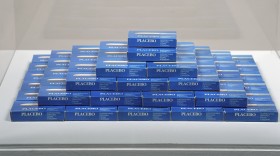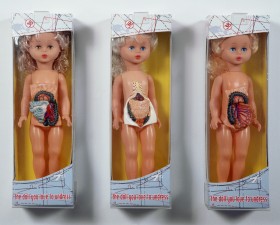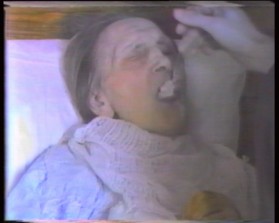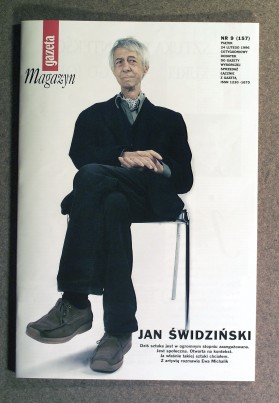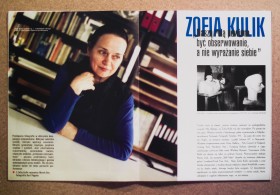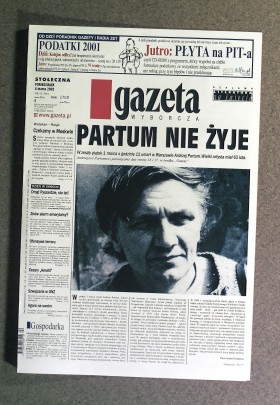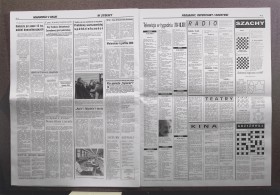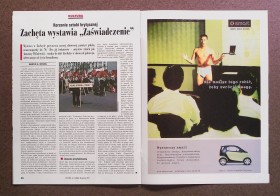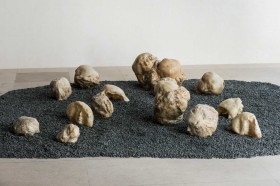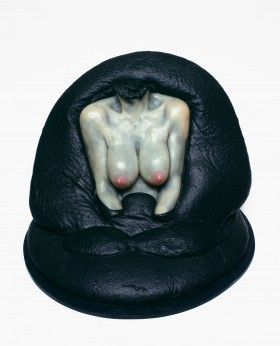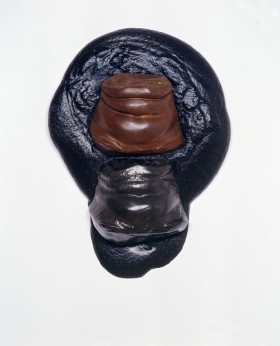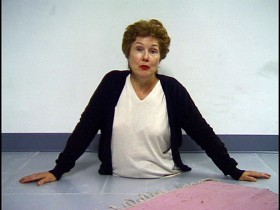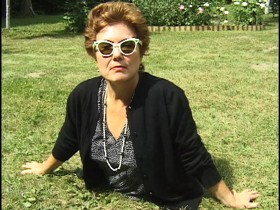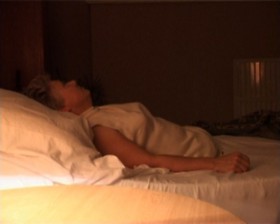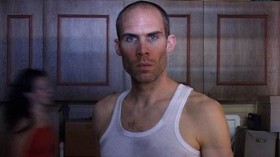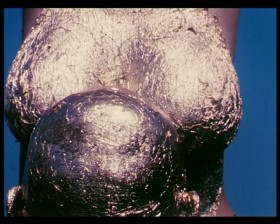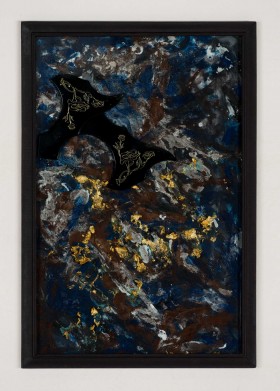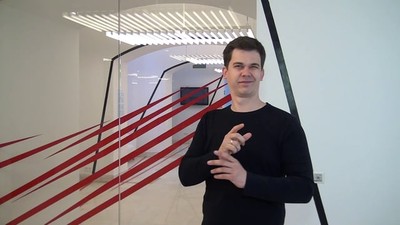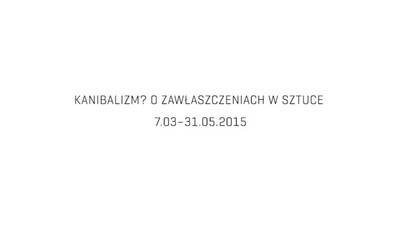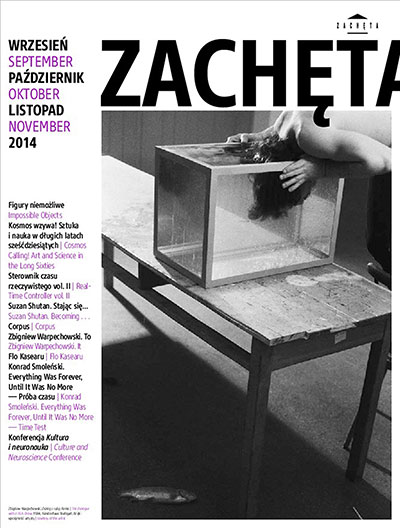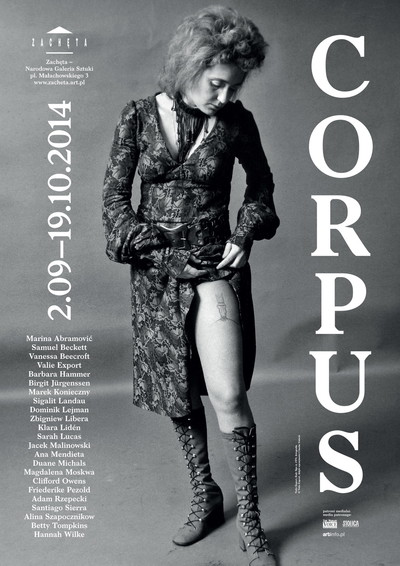Corpus
01.09 – 19.10.2014 Corpus
Zachęta – National Gallery of Art
curator: Maria Brewińska
collaboration: Katarzyna Stupnicka
Corpus is an exhibition of works relating to the body inspired by the books Corpus (2002) and Corpus II. Writings on Sexuality (2013) by Jean-Luc Nancy, one of the most important contemporary French philosophers. His work extends well beyond the well-worn paradigms of philosophical thought: really these books can be read as philosophical poems on the theme of corporeality. Nancy underlines the role that the body plays in religion, especially in Christianity, where the body of God becomes a real element of the religion’s rites and faith. Holy bodies, our own bodies, divine and secular bodies, bodies suffering, but also those enjoying pleasure: in art we find many such representations in the spirit of Nancy’s philosophy.
The exhibition opens with Dominik Lejman’s work Status (1 Hour with Timecode) that makes reference to Andrea Mantegna’s renaissance painting Dead Christ: an anonymous dead body, one of the multitude of dead people without any chance of return, or in other words of resurrection. In Hannah Wilke’s work, So Help Me Hannah, the body of the artist is shown in a similar way, only with the head in the foreground. In this way the artist anticipates her own illness, or in Martin Heidegger’s words, her ‘being towards death’. Ana Mendieta’s video Body Tracks similarly registers the experience of one’s own corporeality, the visualisation of its forms: it is the trace of a body that no longer exists. What we are dealing with here is an ontology of being, although in Alina Szapocznikow’s works we might even term it an ‘oncology of sculpture’. The skin of the human body, to which Nancy devotes a great deal of attention, is the first element of the outside that we perceive, that we touch and desire: in the works of Magdalena Moskwa, Marek Konieczny or Valie Export, this skin is transformed through illness, covered in bruises or eroticised with tatoos. Zbigniew Libera’s film Intimate Rites is a philosophical treatise on the body and the final acts of care that we offer it. The skeleton is the internal structure of the body which we do not see other than in x-ray photos, as in the work of Barbara Hammer, Birgit Jürgenssen or Marina Abramović. Vanessa Beecroft’s ‘live sculpture’, composed of a group of naked women confronted with a public, is an emancipation of nudity and a collective mass of bodies. Strange foreign bodies, as Nancy terms them, which are sold or undergo peculiar modes of spatialisation, as we can witness for instance in the process of work in the films of Santiago Sierra.
Corpus
01.09 – 19.10.2014
Zachęta – National Gallery of Art
pl. Małachowskiego 3, 00-916 Warsaw
See on the map
Godziny otwarcia:
Tuesday – Sunday 12–8 p.m.
Thursday – free entry
ticket office is open until 7.30 p.m.
for supporting the production of the exhibition we thank NESTOR
sponsors of the opening ceremony: DeLonghi, Kenwood, Freixenet
media patronage: The Warsaw Voice, Stolica, Artinfo.pl

